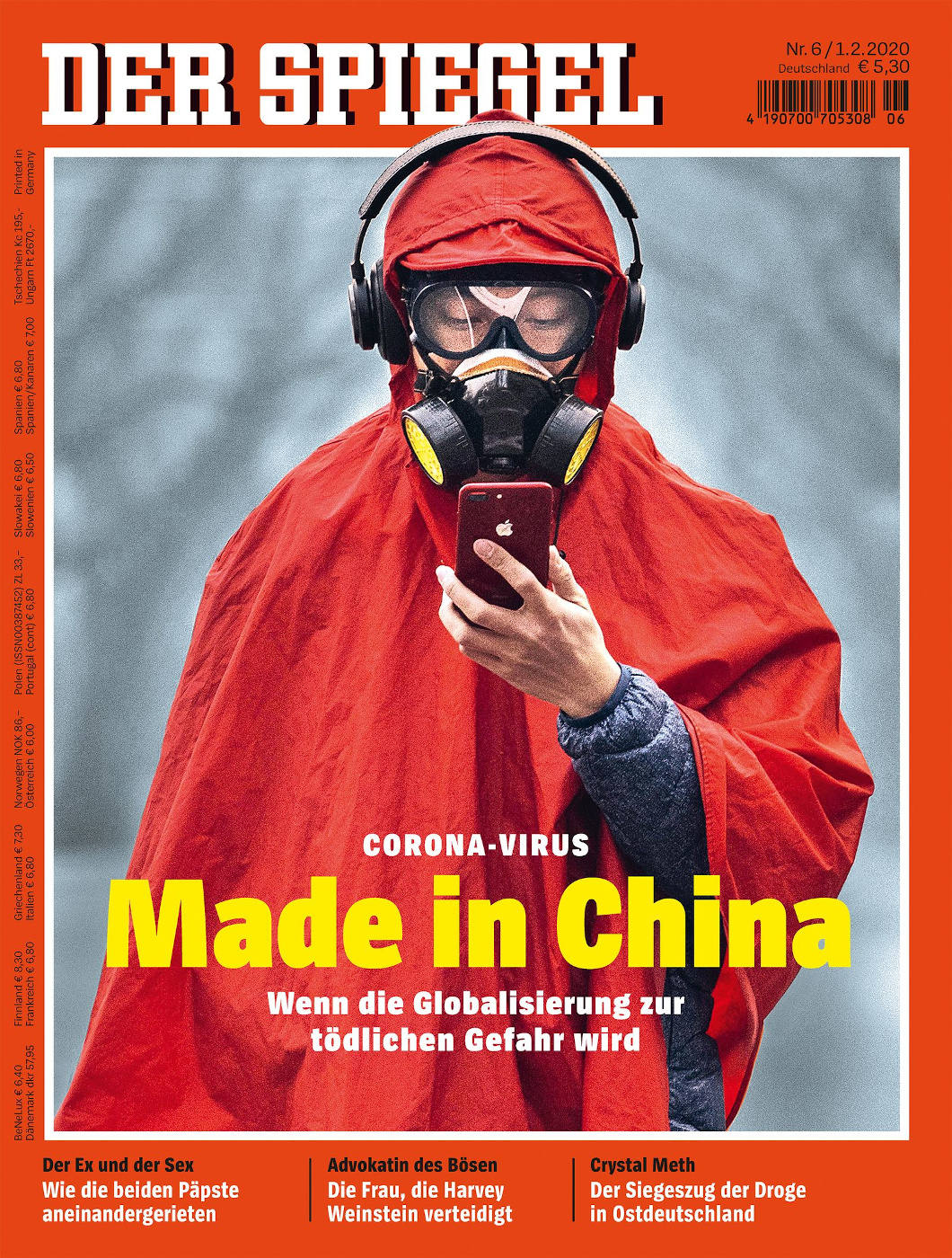‘I Know You Chinese People’
The screen lit up, and the audible notification woke me from an uneasy sleep. It was a routine I was just getting used to. Spring was here, and sorting out the junk lying around the house and jettisoning some of it through Facebook Marketplace seemed a quick and easy way to reclaim some shelf space and square footage. Besides, there wasn’t much else left to do in the eighth long week of virtual house arrest during the COVID-19 shutdown, and I needed to distract myself from the disturbing stories of anti-Asian racist incidents that had begun appearing in the news. I remembered the sender of this latest message. Mr. G* had made an offer on an item the previous evening, but since I had gotten swamped by a deluge of interest earlier that day and secured a committed buyer, I had politely declined his offer and gone to bed.
“I know you Chinese people.”
I sat bolt upright and felt an all-too-familiar knot begin to form in my gut. Almost instantly, a fire drill went off in my head, a mental exercise I have subconsciously rehearsed since I was a child: that I was being oversensitive; that I was being paranoid; that what I was hearing or seeing was not what was happening; to not draw attention to myself. This self-inflicted gaslighting served the short-term purpose of defusing imminent threats, ensuring survival to fight another day, and it was by now instinctive. I fumbled for my glasses, in case my eyes were playing tricks on me. You’ve got this all wrong, I told myself. There is absolutely nothing wrong with Mr. G knowing some Chinese people. The knot in my stomach began to relax. Still, I was curious. I typed in a single question mark, hit send, and was instantly rewarded with a non-delivery error. In other words: blocked.
SARS-CoV-2 has brought with it a surge of hate crimes against Asians: an elderly man forcibly thrown out of a convenience store by an assailant uttering COVID-19-related epithets; a woman walking home from work spat on; buildings, memorials, and other property defaced with racist graffiti. It doesn’t matter that I was born in Canada, or that before any of this happened I had no idea what a “wet market” even was. I have a bullseye on my back, having been lumped in with all Asian-appearing people as foreign, savage, dirty, disease-ridden, and therefore unwelcome. The same tired tropes we've been slandered with for centuries now reverberate in social media, cable news, and talk radio echo chambers, amplified by people in positions of power and influence. The message is clear: My presence pollutes this otherwise clean, civilized society, and I am to leave—or else.







Essential errands like grocery shopping, already beset by shortages and social distancing measures, require a risk assessment beyond just the danger of infection: Is the fact that the kids are running low on milk worth taking the chance of being shouted at, spat on, punched out, or returning to the car to find it vandalized? Do I wear a mask to protect others, or will wearing one make me even more of a target? What will I do if I’m attacked? Will an altercation end with one or the other in the hospital, or worse? What if my wife or our children are attacked? This constant hypervigilance is exhausting; the pandemic itself seems almost trivial by comparison.
Model minority is a placeholder slur that, in the best of times, merely affords Asian North Americans a guest pass at the cool (White) kids’ table even as its very words are weaponized to exclude and shame other people of colour as being implicitly substandard. It is one side of a coin that faces up or down according to the status du jour of China-Western relations, and whose flip side—yellow peril—attempts to justify anti-Asian racism by shifting responsibility for China’s transgressions, real or perceived, onto Asian-appearing people. When an unflattering international news story breaks that can expediently be laid at our feet, “model minority” is stripped from us and replaced with sneers, looks of disgust, shouts of “CHINK!” and “GO BACK TO YOUR COUNTRY!” or worse.
Even the clucks of feigned outrage and token repudiations of violence in response to the recent surge in xenophobic incidents come with the consensus—most notably among self-professed not-racist-buts claiming many Asian friends and in some cases even an Asian partner—that if Asian-appearing Canadian citizens don’t like being subjected to racist verbal and physical abuse, perhaps we should stop being bad drivers, laundering money, dropping anchor babies, triggering pandemics, mistreating Africans, murdering drug users, and eating things that repulse the burger-and-fries demographic. (Did I miss anything?) Yet, incredibly and without any apparent sense of hypocrisy, when stories of racist behaviour by racist White people make the headlines, these nope-definitely-racists turn around and accuse the media of “sowing division.”
This is the part where I’m supposed to regurgitate that the answer to violence is nonviolence; that racism is a deep-seated problem with a long history; that it’s so ingrained in the psyche of racists that many of them don’t even realize they’re racists, and therefore this is an issue that needs to be met with patience and compassion. The problem, however, is that certain people seem to only understand violence, and they are finally being spoken to in their own language, if for no other reason than that nothing else seems to have worked in the past 250 years. Is anyone truly surprised?
Resources
Blue eyes, brown eyes: What Jane Elliott's famous experiment says about race 50 years on | The Arizona Republic
MediaSmarts | Canada's Centre for Digital and Media Literacy
AllSides | Unbiased and Balanced News